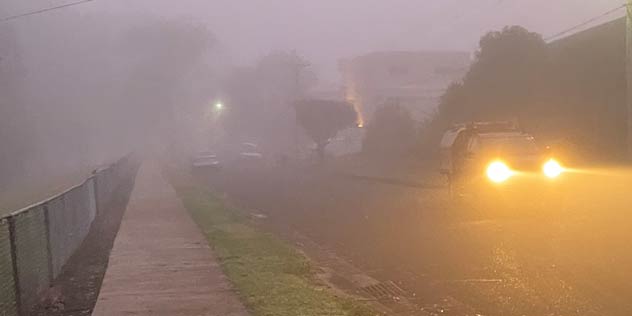
Modern vehicles are fitted with a variety of lights that serve a variety of purposes, and one of the most misunderstood is the humble fog light. Knowing when, where, and how to use your fog light can help keep you safe in treacherous conditions and also avoid a fine.
Fog lights differ from your normal driving lights and high beams. They are designed to reflect a horizontal band of light across the front of the vehicle, and a special shield built inside the light prevents the beam from being projected upwards.
It sounds painfully obvious but try to only switch on your fog lights during weather conditions that allow their use.
There has always been a great deal of debate about fog lights and when and where they should be used. Rule 218-1 (a) of the NSW Road Rules 2014 clearly explains that it is illegal to use fog lights where there are no adverse weather conditions such as fog or mist which restrict visibility.
Conditions permitting use of your fog lights include “fog or rain, or when conditions such as smoke and dust limit your vision.”
Read more: What do my dashboard warning lights mean?

The NSW Road Rules 2014 states “it is a legal requirement that once conditions improve and you can see more clearly, the front and rear fog lights are switched off”.
Forget to do this and you could face a fine of $140 in New South Wales.
Modern cars with a multi-function headlight switch fitted may sometimes have an inner ring that, when rotated, turns on your fog lights. Many people are unaware that their light switch would even have a ring that could turn on their fog lights but luckily in most cases, there are warning lights illuminated in your dashboard, to alert you if your fog lights were on.

Our tip is to check whether this warning light is lit up on the instrument panel along with the main headlight indicator light. If it is illuminated and you’re not driving through fog, switch it off, unless you want to cop a hefty fine!